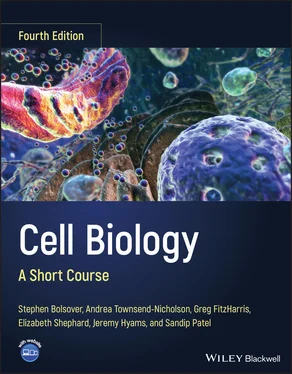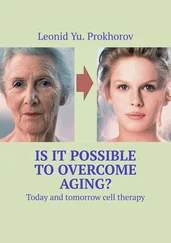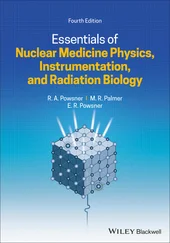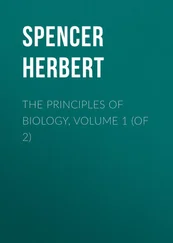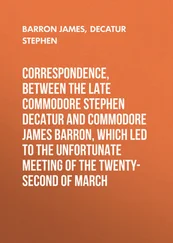Stephen R. Bolsover - Cell Biology
Здесь есть возможность читать онлайн «Stephen R. Bolsover - Cell Biology» — ознакомительный отрывок электронной книги совершенно бесплатно, а после прочтения отрывка купить полную версию. В некоторых случаях можно слушать аудио, скачать через торрент в формате fb2 и присутствует краткое содержание. Жанр: unrecognised, на английском языке. Описание произведения, (предисловие) а так же отзывы посетителей доступны на портале библиотеки ЛибКат.
- Название:Cell Biology
- Автор:
- Жанр:
- Год:неизвестен
- ISBN:нет данных
- Рейтинг книги:3 / 5. Голосов: 1
-
Избранное:Добавить в избранное
- Отзывы:
-
Ваша оценка:
- 60
- 1
- 2
- 3
- 4
- 5
Cell Biology: краткое содержание, описание и аннотация
Предлагаем к чтению аннотацию, описание, краткое содержание или предисловие (зависит от того, что написал сам автор книги «Cell Biology»). Если вы не нашли необходимую информацию о книге — напишите в комментариях, мы постараемся отыскать её.
Cell Biology: A Short Course
Cell Biology: A Short Course
Cell Biology: A Short Course
Cell Biology — читать онлайн ознакомительный отрывок
Ниже представлен текст книги, разбитый по страницам. Система сохранения места последней прочитанной страницы, позволяет с удобством читать онлайн бесплатно книгу «Cell Biology», без необходимости каждый раз заново искать на чём Вы остановились. Поставьте закладку, и сможете в любой момент перейти на страницу, на которой закончили чтение.
Интервал:
Закладка:
 BrainBox 3.2 William Warrick Cardozo
BrainBox 3.2 William Warrick Cardozo
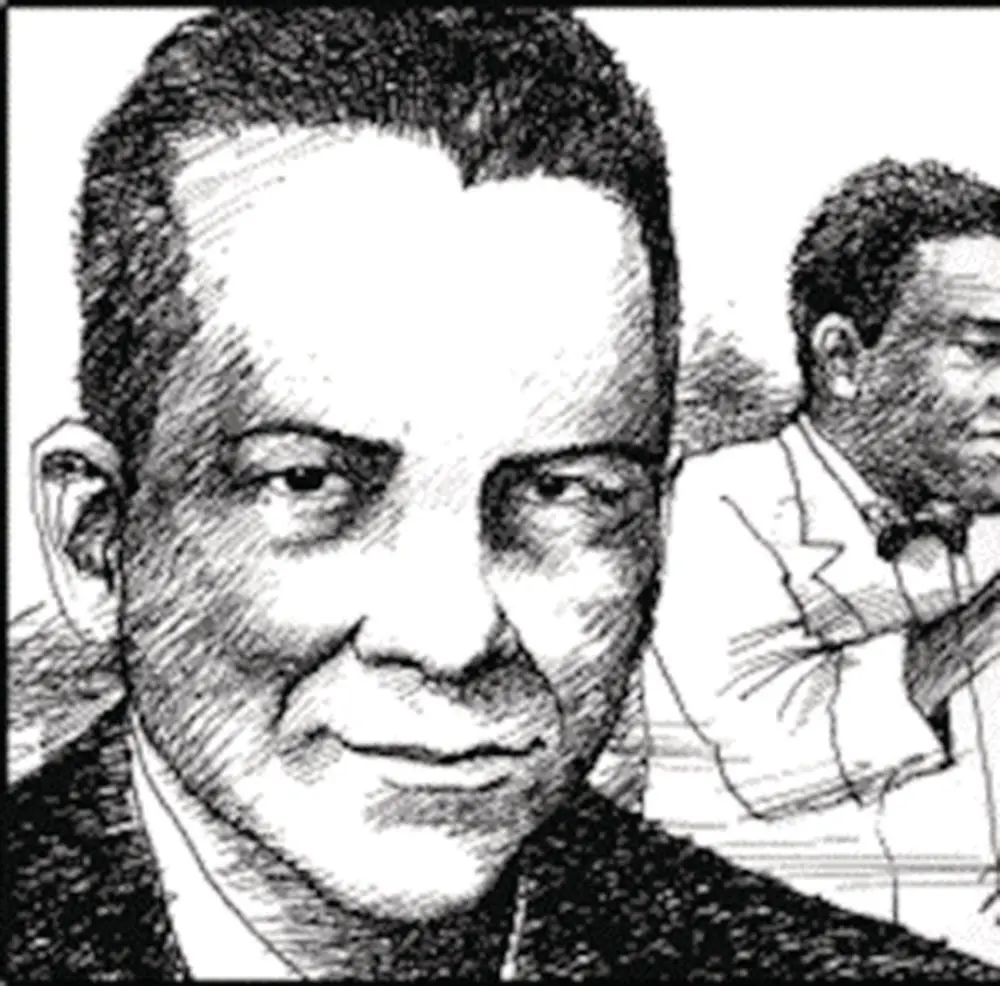
William Warrick Cardozo.
Source: AAREG. Image from https://aaregistry.org/story/sickle‐cell‐pioneer‐willliam‐w‐cardozo/.
The peculiar shape of red blood cells in patients with sickle cell anemia was first described in 1910 but little experimental investigation had been conducted until William Warrick Cardozo published a paper in 1937 reporting a comprehensive study of the largest number of patients ever tested for the disease. Cardozo was a pediatrician whose research on sickle cell anemia was conducted during a two‐year fellowship in pediatrics at the Children's Memorial Hospital and Provident Hospital in Chicago. Cardozo's findings confirmed the heritability of the disorder and revealed that “the sickling factor remains within the cell, no matter how long preserved, as long as the cell itself remains intact.” He concluded that future therapeutic interventions would need to be interventions on the cell itself. Today, the only cure for sickle cell anemia is a stem cell or bone marrow transplant that replaces the damaged red blood cells with healthy ones.
Medical Relevance 3.2Osteogenesis Imperfecta
Collagen is the most abundant protein in the body and a major component of the extracellular matrix. The triple helix of Type I collagen is made up of two alpha1 chains and an alpha2 chain encoded by the COL1A1 and COL1A2 genes, respectively. The repetition of glycine, the smallest amino acid, at every third position in the triple helical domain of collagen allows the formation of the triple helix. A change of one base in one of these codons in COL1A1 could cause a missense mutation and the introduction of any one of eight different amino acids at this position. These altered amino acid residues affect the structural properties of collagen, disrupting the extracellular matrix and causing the disease Osteogenesis Imperfecta. The clinical severity of the disease ranges from mild to fatal and correlates with the identity of the amino acid that replaces glycine.
Answer to thought question:Glycine is coded for by four codons: GGU, GGC, GGA, and GGG. A single base substitution in the third base will have no effect on the protein since the codon will still encode glycine. For each of the four codons GGU, GGC, GGA, and GGG we can tabulate the effect of a single base substitution in the first or second base; the unmutated codon is shown in green and the mutated base in red:
| G | G | U | coding for glycine |
| A | G | U | coding for serine |
| U | G | U | coding for cysteine |
| C | G | U | coding for arginine |
| G | A | U | coding for aspartate |
| G | U | U | coding for valine |
| G | C | U | coding for alanine |
| G | G | C | coding for glycine |
| A | G | C | coding for serine |
| U | G | C | coding for cysteine |
| C | G | C | coding for arginine |
| G | A | C | coding for aspartate |
| G | U | C | coding for valine |
| G | C | C | coding for alanine |
| G | G | A | coding for glycine |
| A | G | A | coding for arginine |
| U | G | A | coding for STOP |
| C | G | A | coding for arginine |
| G | A | A | coding for glutamate |
| G | U | A | coding for valine |
| G | C | A | coding for alanine |
| G | G | G | coding for glycine |
| A | G | G | coding for arginine |
| U | G | G | coding for tryptophan |
| C | G | G | coding for arginine |
| G | A | G | coding for glutamate |
| G | U | G | coding for valine |
| G | C | G | coding for alanine |
so the eight possible substituted amino acids are alanine, arginine, aspartate, cysteine, glutamate, serine, tryptophan, and valine.
What other kind of mutation could also arise from a single base substitution of a codon for glycine? The answer is a nonsense mutation since a single base substitution that converts GGA to UGA creates a STOP codon.
SUMMARY
1 DNA, the cell's database, contains the genetic information necessary to encode RNA and protein.
2 The information is stored in the sequence of four bases. These are the purines – guanine and adenine – and the pyrimidines – thymine and cytosine. Each base is attached to the l′‐carbon atom of the sugar deoxyribose. A phosphate group is attached to the 5′‐carbon atom of the sugar. The base + sugar + phosphate is called a nucleotide.
3 The enzyme DNA polymerase joins nucleotides together by forming a phosphodiester bond between the 5′‐phosphate group of one nucleotide and the hydroxyl group on the 3′ carbon of deoxyribose of another. This gives rise to the sugar‐phosphate backbone structure of DNA.
4 The two strands of DNA are held together in an antiparallel double‐helical structure because guanine hydrogen bonds with cytosine and adenine hydrogen bonds with thymine. This means that if the sequence of one strand is known, that of the other can be inferred. The two strands are complementary in sequence.
5 DNA binds to histone and nonhistone proteins to form chromatin. DNA is wrapped around histones to form a nucleosome structure. This is then folded again and again. This packaging compresses the DNA molecule to a size that fits into the cell.
6 The genetic code specifies the sequence of amino acids in a polypeptide. The code is transferred from DNA to mRNA and is read in groups of three bases (a codon) during protein synthesis. There are 64 codons; 61 specify an amino acid and 3 are the stop signals for protein synthesis.
FURTHER READING
1 Annunziato, A.T. (2008). DNA packaging: nucleosomes and chromatin. Nature Education 1 (1): 2008. http://www.nature.com/scitable/topicpage/DNA‐Packaging‐Nucleosomes‐and‐Chromatin‐310.
2 DiGuilo, M. (1997). The origin of the genetic code. Trends in Biochemical Sciences 22: 49–50.
3 Franklin, R.E. and Gosling, R.G. (1953)). Molecular configuration in sodium thymonucleate. Nature 171: 740.
4 Lappalainen, T., Scott, A.J., Brandt, M., and Hall, I.M. (2019). Genomic analysis in the age of human genome sequencing. Cell 177 (1): 70–84. https://doi.org/10.1016/j.cell.2019.02.032.
5 Maddox, B. (2002). Rosalind Franklin: The Dark Lady of DNA. New York: Harper Collins.
6 Ravichandran, S., Subramani, V.K., and Kim, K.K. (2019 Jun). Z‐DNA in the genome: from structure to disease. Biophysical Reviews 11 (3): 383–387. https://doi.org/10.1007/s12551‐019‐00534‐1. Epub 2019 May 22. PMID: 31119604; PMCID: PMC6557933.
7 Sivakumar, A., de Las Heras, J.I., and Schirmer, E.C. (2019). Spatial genome organization: from development to disease. Frontiers in Cell and Development Biology 7: 18. https://doi.org/10.3389/fcell.2019.00018.
Читать дальшеИнтервал:
Закладка:
Похожие книги на «Cell Biology»
Представляем Вашему вниманию похожие книги на «Cell Biology» списком для выбора. Мы отобрали схожую по названию и смыслу литературу в надежде предоставить читателям больше вариантов отыскать новые, интересные, ещё непрочитанные произведения.
Обсуждение, отзывы о книге «Cell Biology» и просто собственные мнения читателей. Оставьте ваши комментарии, напишите, что Вы думаете о произведении, его смысле или главных героях. Укажите что конкретно понравилось, а что нет, и почему Вы так считаете.
